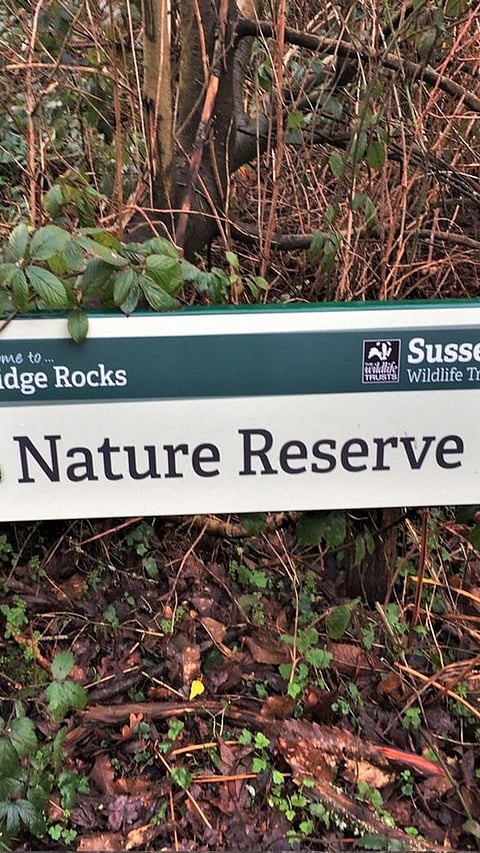Stories
America's 10 Smallest Nature Reserves
Elfin Forest Recreational Reserve, California: Spanning 784 acres, it's a small preserve protecting coastal sage scrub and oak woodlands.
Pine Bush Preserve, New York: At around 3,300 acres, this preserve protects one of the world's best remaining examples of an inland pine barrens ecosystem.
Watercress Darter National Wildlife Refuge, Alabama: Encompassing just 24 acres, it protects the habitat of the endangered watercress darter.
Amagansett National Wildlife Refuge, New York: Spanning 36 acres, it's a maritime habitat that provides a nesting place for piping plovers.
Rappahannock River Valley National Wildlife Refuge, Virginia: Though the total area is over 8,700 acres, it's divided into several small units along the river.
Muleshoe National Wildlife Refuge, Texas: As the oldest refuge in Texas, it spans 6,440 acres, which is quite small relative to the state's vast size.
Sand Point Wildlife Area, Michigan: This 155-acre preserve on the shores of Lake Superior is crucial for migratory bird species.
Dungeness Spit National Wildlife Refuge, Washington: Though it spans 636 acres, the thin stretch of the spit it occupies is uniquely small and delicate.
Pixley National Wildlife Refuge, California: Spanning 6,249 acres, it's a small refuge set up to protect the habitat of sandhill cranes and other birds.
Merkel National Wildlife Management Area, Texas: Though Texas is home to vast lands, this 4,756-acre reserve is a small haven for wildlife amidst the vastness.

